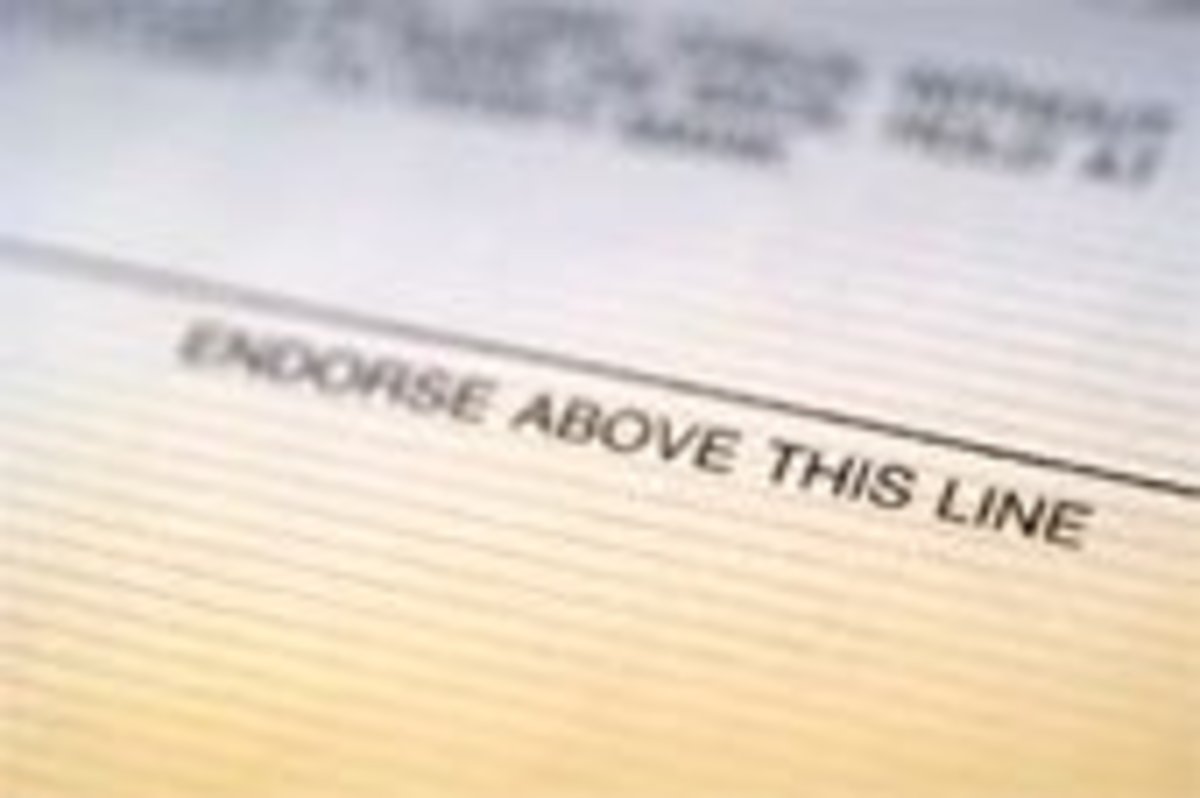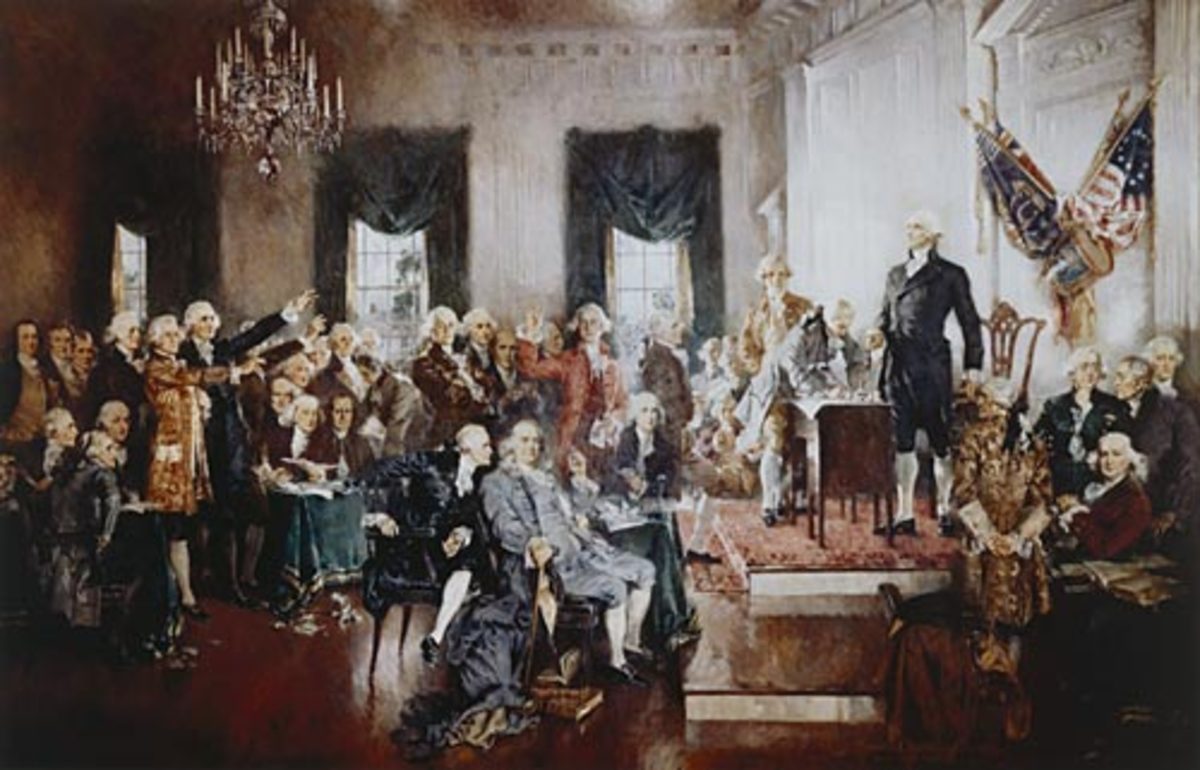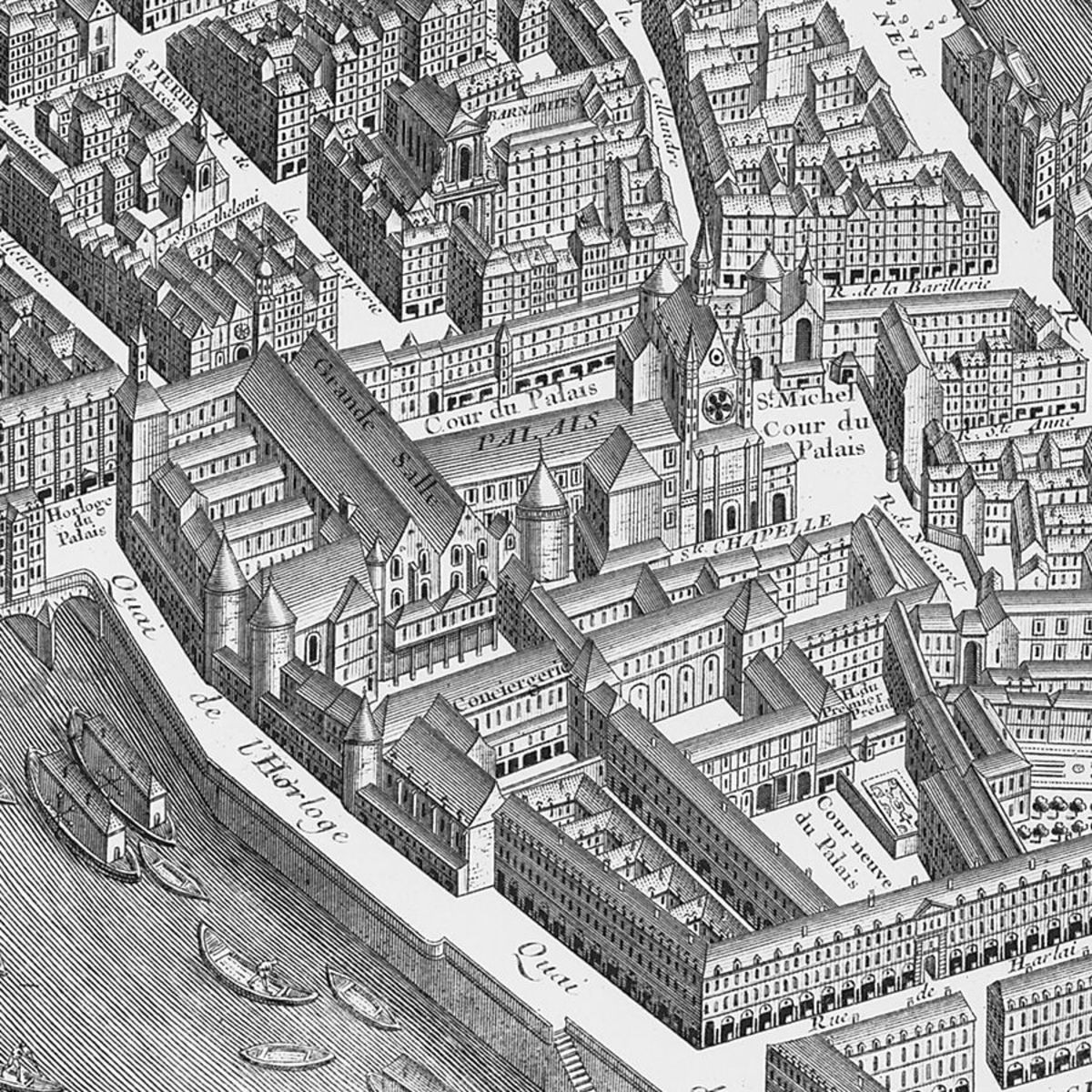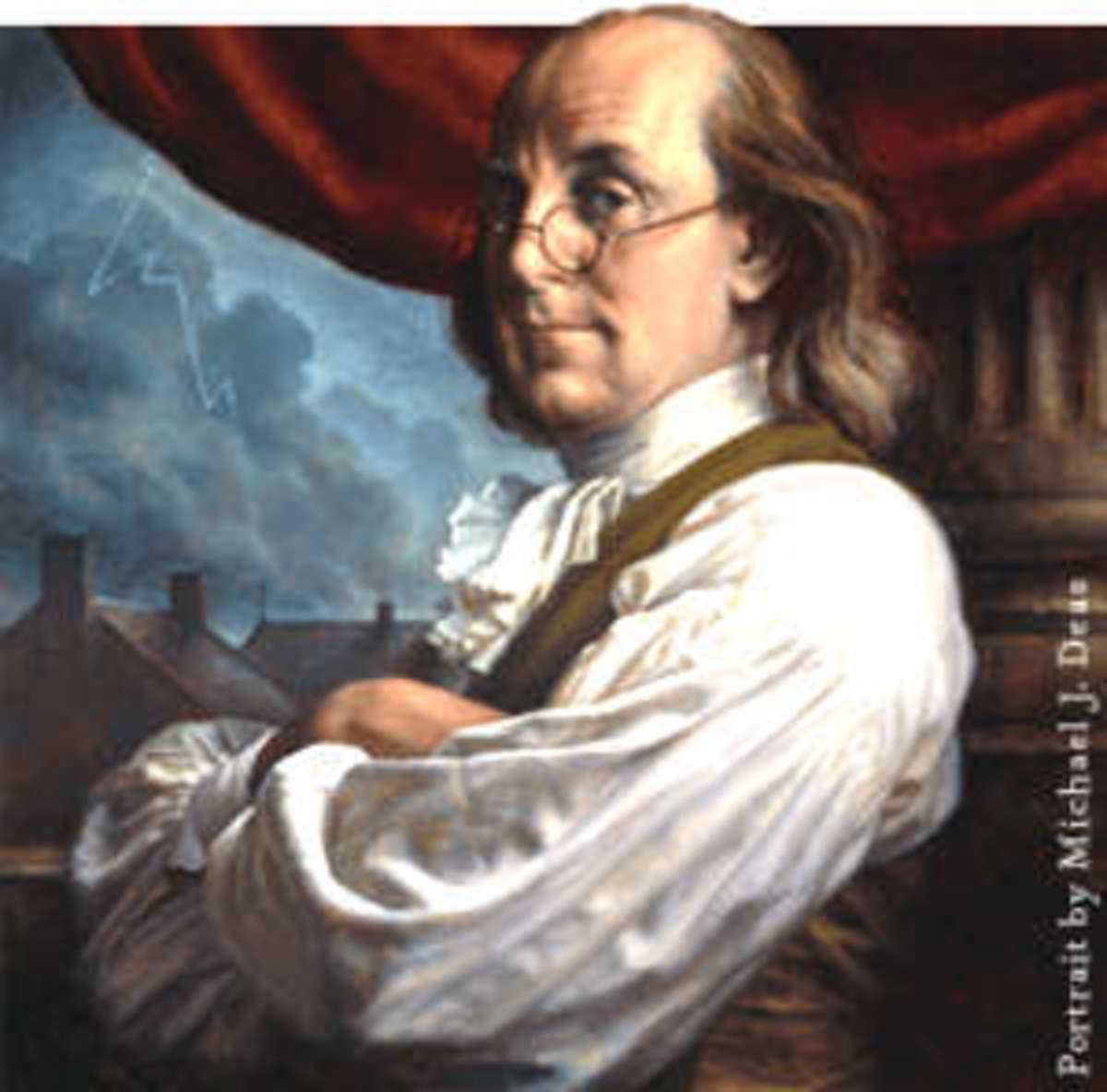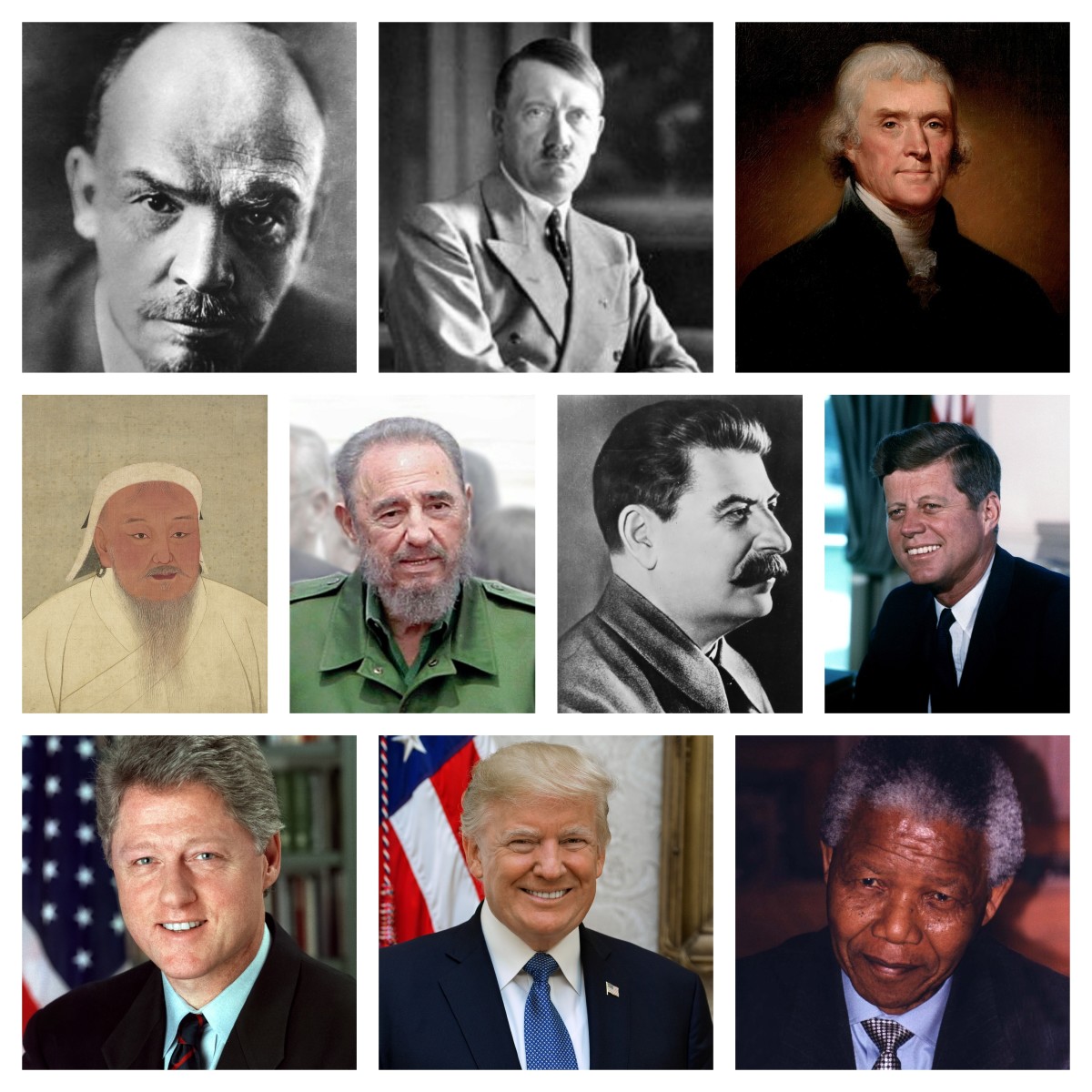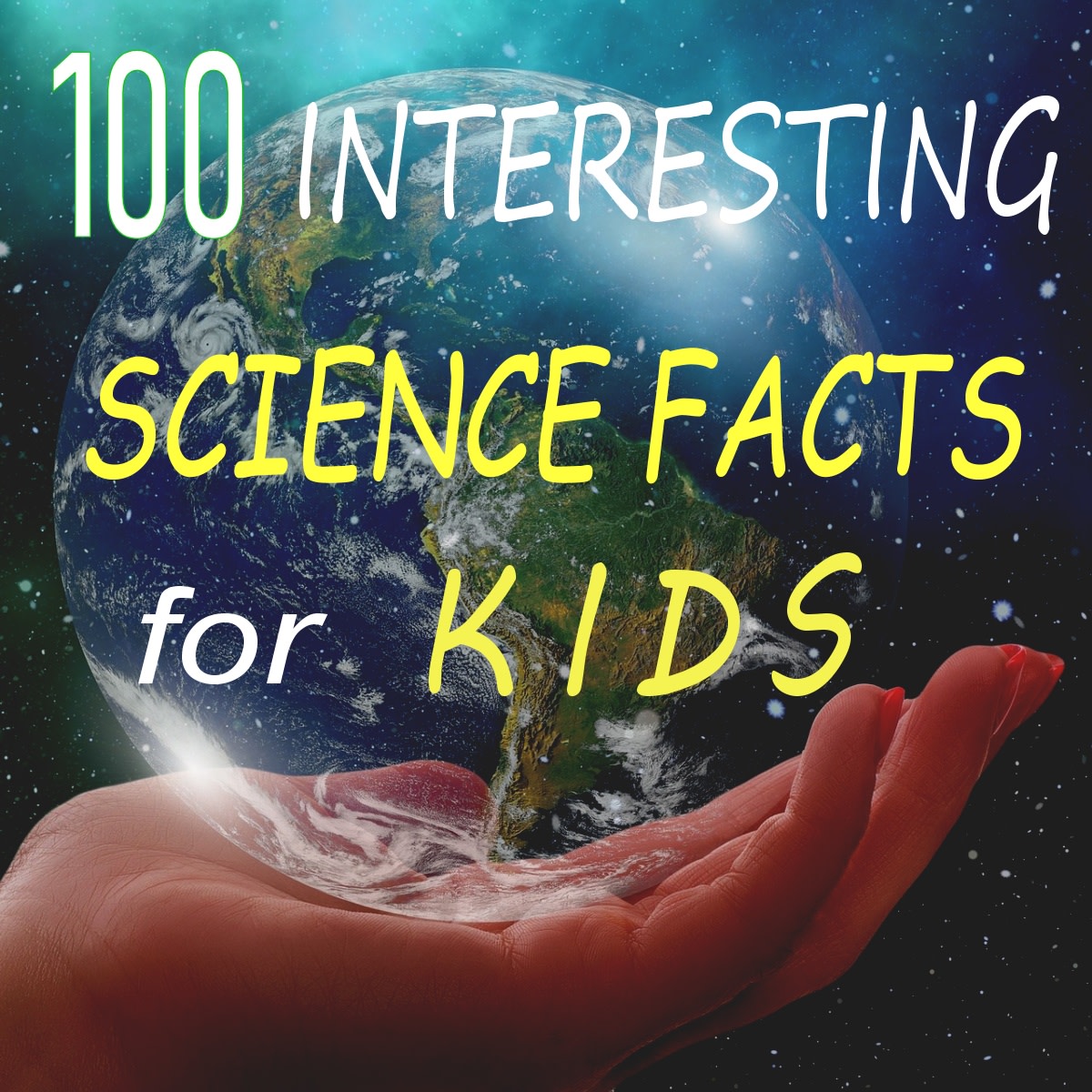How American Education Was Shaped by the Revolution & the Founding of the USA
Introduction
The American educational system has been shaped by many events, movements, and philosophies. Influences range from ancient Greece to present day educational theorists, yet within this broad range of influences there sit several crucial turning points that offered a greater level of influence on the structure, nature, and core philosophy of present day educational policy within the United States. Of those turning points, there is one which is more impactful than the others. While methods and practices have changed with society, technology, and research, the impact that the American Revolution and founding of the United States of America and the following years after the founding has left a deep, defining, and essential mark on modern day education. Without the educational influences that were found in the events, individuals, and philosophies surrounding the Revolutionary War and subsequent founding of the United States of America, education as we know it would be very different. Just how different that would be, we likely could never know for certain; however, we can see the influences of those individuals, events, policies, laws, and philosophies clearly in our present system.
The Impact of Individuals
The number of individuals who have impacted American education is great, but there are three that are essential to the consideration of this topic simply because of the range and scope of their impact. Two of these are founders, while one was a visionary of another sort, and two were of the same generation while one was of the previous generation. Still, despite the differences that each had, all three shared a profound love of learning, the written word, and liberty.
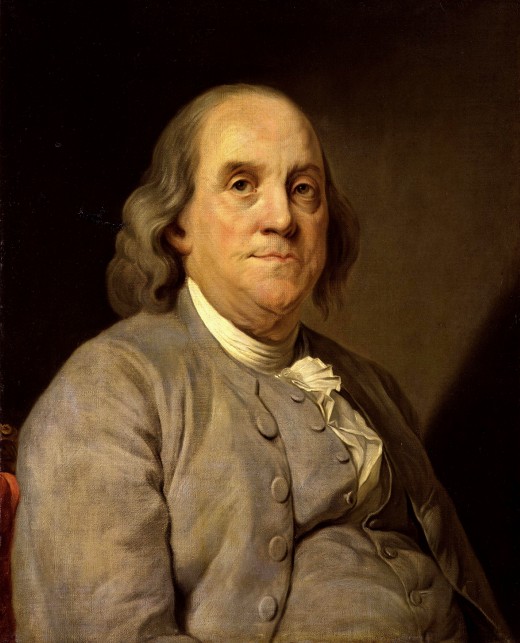
Benjamin Franklin
What better place to start our journey then to consider the First American (Facts). Benjamin Franklin may have only completed what amounted to an elementary education, but between his love of letters and his deep desire to explore of the natural world and mathematics he made an impact on education. He felt that education should focus on skills and knowledge that would directly benefit students in their daily lives. Rather than focusing on Latin and
ancient philosophers, Franklin pushed for a curriculum that covered modern language skills, agriculture, arithmetic, accounting, and more (Gelbrich).
Furthermore, Franklin earned the nickname of the Prophet of Tolerance because of his desire for tolerance and understanding between all religions and denominations. He went so far as to raise money for a public building that could be used for education during the week and would be open to the teachings of any denomination on evenings and weekends (Facts). This desire for people to understand each other has influenced many other philosophers, such as Jane Addams, who would shape modern education, at least at an indirect level.
But Franklin didn’t just stop at his desire for practical education and tolerance of religions. He also wrote many letters and articles under pen names and his own name, addressing the inequalities of women compared to men as well (Facts). Franklin truly was the First American, not only because of his desire for colonial unity long before others actively considered it, but because his love for equity and education permeated his thoughts, words, and deeds. Poor Richard made us rich with his desire to liberate through learning.
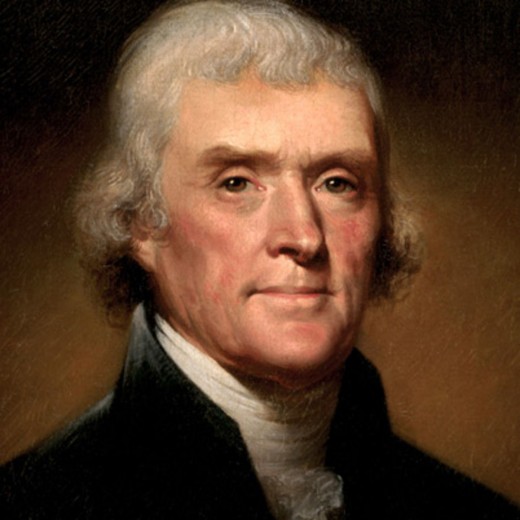
Thomas Jefferson
Thomas Jefferson is renowned for his penning of the Declaration of Independence, his participation in the American Revolution through the Second Continental Congress, his role as an ambassador to France, and his role as the third president of the United States. Yet Jefferson’s contributions to modern education are also great. From his stance on separating religion from education, to his stance of religious freedom, to his stance on schools being readily available to all to ensure the survival of the Republic, to his indomitable curiosity, to his love of the written word, to his dedication to liberty, to his sponsoring of legislation that encouraged public education for all, Thomas Jefferson is owed a debt of gratitude for his contributions to learning (Gutek).
Jefferson ensured that the Library of Congress survived by selling his collection to Congress after the original library was destroyed during the War of 1812. His collection actually surpassed the one lost. It is interesting to note that it was Jefferson’s copy of the Quran that was used in the swearing in of the first Muslim member of Congress, Keith Ellison, in 2007 (Frommer). This leads to Jefferson’s desire, like Franklin’s, for religious tolerance and acceptance. Jefferson felt that government and education should not be controlled by a dominant religion. Instead religion should not be discouraged by any educational or governmental institution (Ambrose, Gutek). Jefferson also tried to persuade the Virginia legislature, the House of Burgesses, to fund free public education for boys and girls at the elementary and secondary level in 1779 (Gelbrich). While he was unsuccessful at achieving this goal, his efforts paved the way for later innovators in education. After Jefferson ended his presidency he went on to found the University of Virginia as a secular school. He encouraged multiple bills that encouraged public education both before, during, and after his presidency as well (Gutek).
Jefferson’s contributions do not end there, either. His cravings for knowledge led Jefferson to make the Louisiana Purchase. While this purchase was fueled by the craving of Americans westward as well as the fact that it was a great deal. In either case, Jefferson wanted to know what was out there so he commissioned the Corp of Discovery, which we commonly know as the Lewis and Clark Expedition. Jefferson was interested in establishing positive relations with natives, discovering new species of plants and animals, the discovery of a continuous waterway to the Pacific, and gaining information that would benefit Americans who wished to move west. The Corp of Discovery would be very scientific in their approach and would collect specimens, data, and language samples as they moved to and from the Pacific. The records of the expedition resulted in a large amount of collected knowledge that would spark the imaginations of many Americans, and would provide a drive for discovery in the nation. Jefferson hoped that the connections made with natives would also result in good relations and integration of those peoples into the young nation (Ambrose). It is this drive for inclusion that, while not exercised until over a hundred and fifty years later, is a hallmark of American education now and is a testament to Jefferson’s vision for the future: a future where all citizens were literate and educated.

Noah Webster
Noah Webster is known for the creation of the Webster Dictionary, but he was also responsible for another innovation: the creation of a uniform curriculum. At the time the most common curriculum was the horn-book, which was typically a piece of paper with the letters of the alphabet written out in capitals and lowercase letters, numbers, some combinations of vowels and consonants, and typically something religious like the Lord’s Prayer which was tacked to a board and covered with transparent cuttings of horn, which is where it got its name from (Beatty). Other books that were used were from England and often had a pledge of allegiance to King George. Noah Webster realized as a young teacher that American education needed an update (Noah Webster History). Webster introduced a book, A Grammatical Institute of the English Language, in 1783 which focused on proper spelling and grammar with an emphasis on developing moral and patriotic behaviors (Gelbrich). That single book, dubbed the “blue book” because of its characteristic blue cover, would go on to sell nearly a hundred million copies and would be used for nearly 100 years to educate American children (Noah Webster History). Yet Webster’s contributions did not end there. His dictionary would provide a uniform way to spell words that would remove confusion, as well as document new words such as skunk and chowder. He fought for public education and the abolition of slavery as well (Noah Webster History).
People Poll
Which Individual do you think have the greatest impact on American education during this era?
Noah Webster, unlike Benjamin Franklin or Thomas Jefferson, did not have any major political influence, yet his contributions to American education and American English have a lasting impact even over 150 years after his death. His efforts made basic education readily available to all and offered a standard for a common curriculum that is the precursor to movements such as Common Core. Even before this movement the ability to have standardized information for students was set by Webster’s efforts. If he, Franklin, and Jefferson were to see our day with its wealth of information that is readily available, typically for free, it can be hoped that they would be pleased or even over joyed by such a treasure trove of wealth that is available to all who wish to grasp it.
The Impact of Laws & Policies
In 1647 the General Court of Massachusetts Bay Colony issued a decree. In this decree it was stated that every town that had at least 50 families was required to have a primary school, and that every town that had 100 or more families would be required to have a Latin school. The objective of this ruling was to ensure that the children of the Puritans would be well read in the Bible and be well versed in their religious beliefs (Historical Timeline). The side effect of this decree was that a basic infrastructure of public education was established by the government. At the time the government was effectively a theocracy, but as the colonies became more established and trade became a primary need of the northern colonies, rather than subsistence farming, the power of religion began to hold less sway. This in turn made opportunities for education in this area.
A Failed Attempt
It was the proposal that Thomas Jefferson made to the House of Burgesses that marked the first attempt for true secular public education in the United States (Gelbrich). Jefferson’s bill was for “the more general diffusion of knowledge” that would have offered a set of elementary and secondary education options for students. The bill failed to pass the Virginia General Assembly, but it marked a change in educational policy (Gutek). Rather than leaving schooling to churches, the consideration of education’s importance became a matter of the state.
A 3-minute guide to the Bill of Rights
Crash Course in U.S. History on the Constitution, the Articles, and Federalism
The Bill of Rights
The writing and ratification of the U.S. Constitution was essential to the progression of the United States as a political entity, but its impact on education by itself was nominal. The portion of the Constitution that impacted education was actually the Bill of Writes, which was added thanks to the efforts of the Anti-Federalists such as Patrick Henry, James Winthrop, and George Mason (Antifederalists). The Bill of Rights was ratified on December 15th 1891, nearly 3 years after the Constitution was ratified (Bill of Rights). The enumerated rights of the Bill of Rights allowed for some essential characteristics of American education, and are found in the first and twelfth amendments. The first guaranteed the rights of free speech, freedom of association, and protection of religious practice and belief. This was essential to allow for evolution of education through the years as well as the essential right of organizations such as churches to establish schools if they wish. It also guaranteed that parents could choose the form of their children’s education. This particular aspect of education is still controversial in American education to this day, but it has also lent power to the parents to ensure that the state does not just take over the education of children completely without parental input. The twelfth amendment offered a final important factor to how education in the United States was to be shaped since it states that all rights not granted to the federal government by the Constitution and its amendments were reserved by the states and the people. Much like the freedom of association, this aspect of the law offered power to the states and people which would shape American education (Bill of Rights).
The Northwest Ordinance
The Northwest Ordinance passed on July 13th, 1787, prior to the ratification of the Constitution. This document, which was written to deal with the inclusion of new territories as states in the union, was interesting in how it addressed education. The text of the ordinance comes across as if education was an afterthought since the documents addressing of the issue thusly:
“Religion, morality, and knowledge, being necessary to good government and the
happiness of mankind, schools and the means of education shall forever be encouraged.” (Northwest Ordinance)
The document says nothing more on the issue, but continues on to address the native population and how to work with them. The document’s tone comes across as pedantic and patronizing, like an very elderly person lecturing the wayward youth of his day on the education of further generations without actually providing any solutions or specific instructions on how to accomplish the task. The document resulted in the setting of a precedent for new territories to make a priority of the construction of school houses and the hiring of teachers. It was in the school houses that Noah Webster’s “blue book” found a home, and it was these small school houses that millions of children were ensured at least an elementary education.
Individual State Policies
In 1790 the Pennsylvania state constitution declared that poor students would be given basic education for free. Parents that could afford to pay for their children’s education would still have to do so (Historical Timeline). This was the first statewide institution of public education initiated at a secular governmental level.
Yet, it was between 1817 and 1827 that momentum for public education during this era truly picked up. A petition to the Boston government resulted in the eventual opening of Boston English, the U.S.’s first public high school, in 1820. In 1827 the Massachusetts legislature passed a law that made all grades and levels of public schools open to all students (Historical Timeline).
The policies established around the founding of the United States resulted in the gradual adoption of public education being made available to all at a free and appropriate level. This evolution was gradual, but considering the philosophies of those that shaped these policies and laws, it is little surprise that education became freely available to all despite the pitfalls of exclusion of gender and race that American education had to slog through before reaching the point of this sort of inclusion. Add to this the beauty of education and information becoming readily available for free online, and we can see how the spirit of liberty that Franklin, Jefferson, and Webster so firmly believed in shines through to education in the twenty-first century.
Policies & Laws
Which Policy or Law most influenced American education during this time?
The Heritage of Exploration & Innovation
Thanks to the efforts of these early explorers and innovators in American history, education as we know it has changed greatly from education prior to the American Revolution. American education still had to undergo many major changes, ranging from dealing with the racism of Jim Crow laws to the positive and negative effects of the industrial revolution and its associated urbanization. It was during these points in time that innovators such as Booker T. Washington, Jane Addams, W.E.B. Du Bois, John Dewey, and others found their voices and offered their invaluable contributions to modern education.
Education was further impacted by the Great Depression and F.D.R.’s New Deal. The laws that lead to compulsory education beyond elementary school and into teenagehood is credited for creating modern teenage culture, and altering over a hundred years of education practice overnight. Previously, after the completion of elementary education students would either apprentice themselves to a profession that they would learn, work with their parents at a family business, or in some rare cases go on to higher education. The last was more typical of more well to do families (Chapman).
The civil rights movement of the 1960’s lead to greater inclusion not only of student from different ethnic and racial backgrounds, but also students with physical and learning disabilities. People who had previously been written off as being the refuse of society were now afforded basic rights and a modicum of respect. They were now granted opportunities in a sort of mix-and-match modular job system that a common public education created in the industrialized world. Education soon become more readily available through further changes in policy and law. Other great thinkers such as B. F. Skinner added to our educational understanding. The progression of our collective education on how students learn, progress, and develop has resulted in constant innovation as to how information is delivered.
These changes were all responsive to different external factors and influences of varying types, but at the core of each is the imprint of the American Revolution and the founding of this nation. Some developments have been positive while others negative, but in all cases they have resulted in evolution of educational theory and practices. Perhaps these sorts of things would have eventually developed without the massive, personal influences of Benjamin Franklin, Thomas Jefferson, and Noah Webster, and the laws and policies they fostered, but we cannot ever truly know for certain. What we do know, however, is that we owe these people for creating the solid foundation and framework which resulted in the attitudes of exploration and innovation that lead us to where we are today. It can be hoped that this spirit of exploration and innovation continues into the future and results in further positive changes to our education system so that it can adapt and fulfill its mission of educating and prepare future generations to be successful and happy. The system as it stands is very far from perfect, yet a glance back to the progress made thus far offers a sense of hope for an even better and brighter future.
Works Cited (APA format)
Ambrose, S. E. (2003). Undaunted Courage: The First Great Mission to Explore America's Western Wilderness. London: Simon & Schuster.
Antifederalists. (n.d.). Retrieved March 02, 2016, from http://www.ushistory.org/us/16b.asp
Bill of Rights. (n.d.). Retrieved February 29, 2016, from
http://www.ourdocuments.gov/doc.php?flash=true
Beatty, Barbara. Preschool Education in America: The Culture of Young Children from the
Colonial Era to the Present. New Haven, Conn.: Yale University Press, 1995
Chapman, G. (2012). The 5 Love Languages of Teenagers: The Secret of Loving Teens
Effectively. United States: Moody Press, u.s.
Preface.
Congress Enacts the Northwest Ordinance. (n.d.). Retrieved February 28, 2016, from
http://www.history.com/this-day-in-history/congress-enacts-the-northwest-ordinance
Facts about Benjamin Franklin. (n.d.). Retrieved February 29, 2016, from
http://www.revolutionary-war-and-beyond.com/facts-about-benjamin-franklin.html
Frommer, F. J. (2007, January 05). Ellison Uses Thomas Jefferson's Quran. Retrieved March 01,
2016, from http://www.washingtonpost.com/wp-dyn/content/article/2007/01/05/AR2007010500512.html
Historical Timeline of Public Education in the US. (2006, April 13). Retrieved March 02, 2016,
from https://www.raceforward.org/research/reports/historical-timeline-public-education-us
Gelbrich, J. (1999). American Education. Retrieved February 29, 2016, from
http://oregonstate.edu/instruct/ed416/ae2.html
Gutek, G. L. (2011). Historical and philosophical foundations of education: A biographical
introduction. Upper Saddle River, NJ: Pearson. Chapter 12, Thomas Jefferson
Noah Webster History. (n.d.). Retrieved February 28, 2016, from
http://noahwebsterhouse.org/discover/noah-webster-history.htm
Northwest Ordinance (1787). (n.d.). Retrieved February 28, 2016, from
http://www.ourdocuments.gov/doc.php?doc=8

